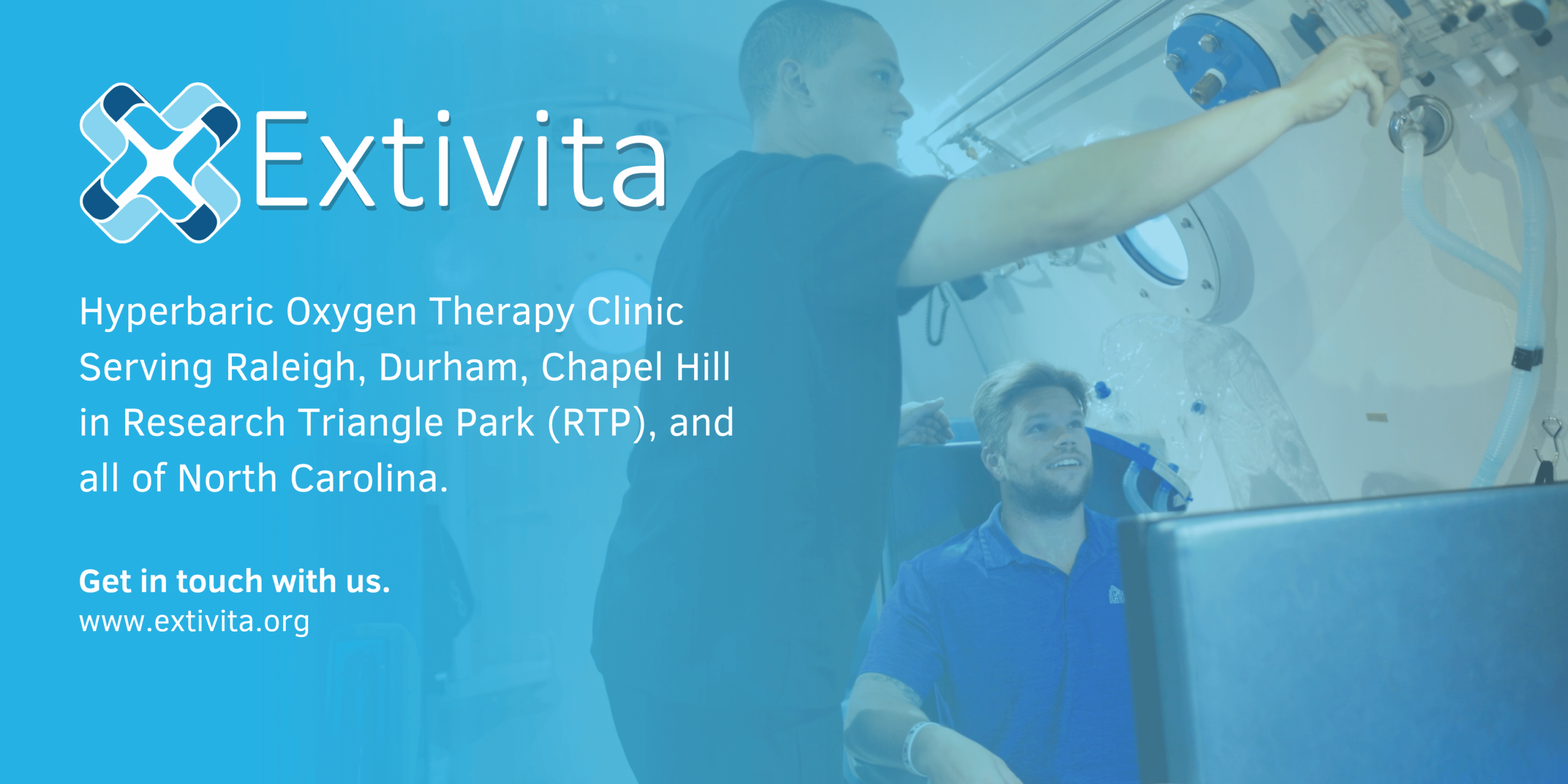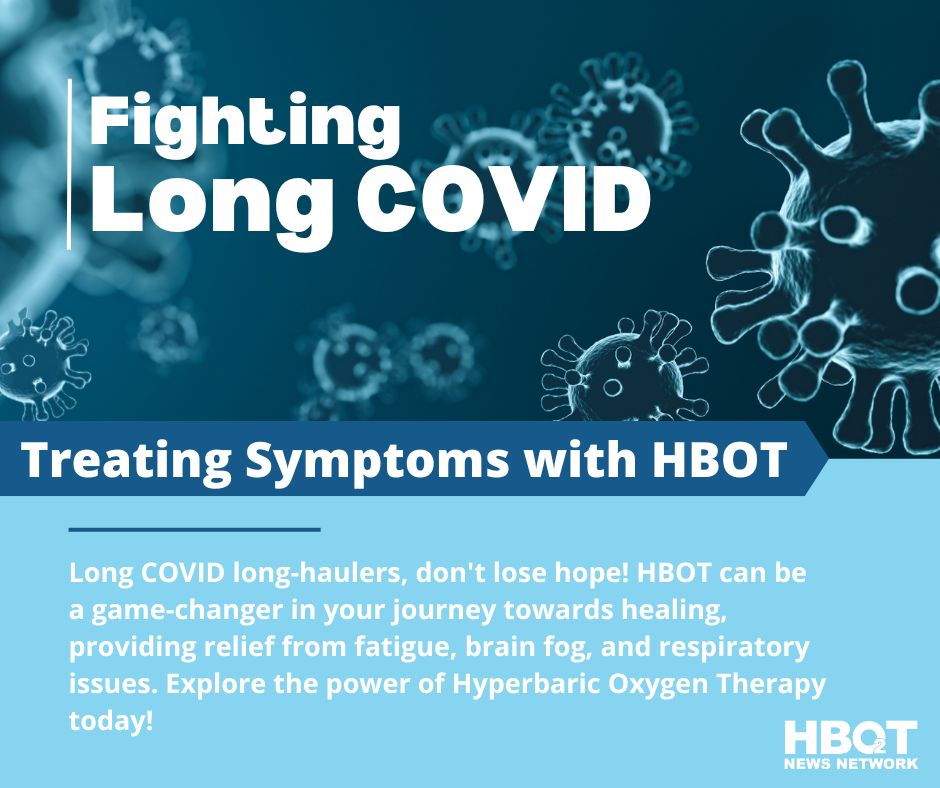
Hyperbaric Oxygen Therapy: The Science and Evidence
According to a comprehensive article by Pharmacy Times, HBOT works by increasing oxygen absorption in the body, which aids in the repair of brain tissue damaged by COVID-19. This therapy has been shown to trigger neuroplasticity—the brain’s ability to heal itself—which can significantly reduce long COVID symptoms. Shai Efrati, MD, co-founder and chairman of the Medical Advisory Board to Aviv Scientific, emphasizes that HBOT is currently the only treatment that has demonstrated clinical effectiveness in a controlled trial for long COVID patients.
In a longitudinal study published in Scientific Reports, researchers followed patients for a year after completing 40 HBOT sessions. The results were promising: sustained improvements in quality of life, sleep, and reduced psychiatric and pain symptoms. Notably, the therapy also led to long-term cognitive and motor function improvements in patients previously affected by strokes and traumatic brain injuries (Pharmacy Times).

After suddenly developing a series of severely debilitating neurological and physical disorders, Lynette Milakovich, a yoga teacher currently living in The Villages, Florida, spent almost 2 years and $20,000-plus on doctors’ appointments and failed therapies to treat her symptoms. It took nearly this duration of time before she learned the cause of her illness was long COVID-19 (long COVID). It was not until receiving hyperbaric oxygen therapy (HBOT) treatment that she found lasting relief.
HBOT is currently the only treatment protocol that has been proven clinically effective in the treatment of long COVID in a controlled clinical trial, according to Shai Efrati, MD, the co-founder and chairman of the Medical Advisory Board to Aviv Scientific, and director of the Sagol Center for Hyperbaric Medicine & Research at Shamir Medical Center, in an interview with Pharmacy Times.
Additionally, there are findings from a new longitudinal study published in Scientific Reports —which evaluated patient outcomes after 1 year of finishing an HBOT intervention— that show that the benefits sustained from HBOT might be long-term. According to Efrati. HBOT can repair brain tissue damaged by COVID-19, and this can actually lead to permanent changes.
“When we take care of the brain damage, it heals [the long COVID] symptoms,” Efrati told Pharmacy Times.
What Is Long COVID?
There are estimates that more than 65 million people around the world have had long COVID, although this number is likely to be higher, according to investigators of a study published in Nature Reviews Microbiology. Long COVID (also referred to as post–COVID-19 condition) is a syndrome characterized by mild-to-severe symptoms of COVID-19 that can last for weeks, months, or years after overcoming initial COVID-19 infection. There are more than 200 symptoms associated with long COVID.3 Symptoms can be an extension of those experienced during acute infection, or they can appear as new symptoms altogether—and although symptoms can impact many different organ systems, they largely affect the brain and central nervous system (CNS).2,3
“We understand that COVID may penetrate the brain through blood vessels or the cribriform plate that is located above our nose and cause brain damage in the neurons,” Efrati said. “So, what we are dealing with is brain damage.” Milakovich had suffered from many symptoms related to dysregulation of the brain and CNS: total body neuropathy, tinnitus, postural tachycardia syndrome (PoTS), tachycardia, high blood pressure, tremors, convulsions, insomnia, and severe mental symptoms (cognitive decline, depression, anxiety, suicidal ideations, apathy, and post-traumatic stress disorder).
Long-Term Impact of HBOT for Patients With Long COVID
The purpose of HBOT is to increase oxygen absorption into tissue, which can support brain injury recovery;1 it may be particularly effective for brain/CNS symptoms because it triggers brain neuroplasticity, or “the ability of the brain to repair itself,” Efrati explained. In essence, neuroplasticity enables the brain to reverse the damage and dysregulation caused by the virus.
Previous studies affirm these neuroplastic benefits in patients with stroke and traumatic brain injury who had improved cognitive and motor function and quality of life measures following HBOT. Findings from previous studies also show that HBOT creates positive microstructural changes in the brain.1
However, no studies had evaluated the long-term clinical benefits associated with HBOT for patients with long COVID.In the present longitudinal study, 31 patients—having originally completed 40 sessions of HBOT the year prior at Aviv Clinics—filled out a series of questionnaires about quality of life, quality of sleep, and psychiatric and pain symptoms.1
Patients were treated with hyperoxic-hypoxic paradox (HHP), an HBOT protocol that exposes the patient to elevated atmospheric pressure (compression/decompression rate of 1.0 m/min) and fluctuating oxygen levels (100% oxygen for 90 minutes with intermittent breaks of medical-grade air with normal 21% oxygen levels). 1
Based on the results, HBOT was found to be associated with persistent improvements in quality of life, quality of sleep, psychiatric and pain symptoms. There was a moderate magnitude of improvement in neuropsychiatric symptoms (ie, depression, anxiety) and sleep quality that lasted long term, along with a significant reduction in pain and significant increase in quality of life at the time of analysis. “[Although] I still have a bit of tinnitus, the rest of the symptoms are gone,” says Milakovich. “I have full cognition and feeling back… no more tremors and convulsions, no more PoTS.”
Prior to HBOT, Milakovich used various pharmacologic agents to try and treat symptoms individually: low-dose naltrexone for nerve pain/neuropathy, a nitric-oxide supplement (Cardio Miracle [manufactured by a brand of the same name]) for PoTs and tachyardia, and temazepam (Restoril; Mallinckrodt Pharmaceuticals) for insomnia. Milakovich also found anecdotal evidence supporting the use of other supplements like nattokinase (Cardiokinase; Plamed), curcumin, and bromelain for long COVID.
Efrati noted it may be worth trying different methods and treatments for long COVID, however, none offer evidence-based outcomes besides HBOT.
In time, Efrati believes that HBOT clinics will begin to create a multi-strategy treatment protocol to treat patients more effectively. Additionally, Efrati explained that going forward, there will need to be more research on the specific minimum number of sessions required for recovery. Currently, Efrati and other HBOT practitioners have made it a practice to calibrate the number of treatments needed for patients based on their response.
Long COVID and The Patient Perspective of Medical Gaslighting
It’s worth noting that long COVID can have many possible symptoms, which makes it difficult to diagnose. Moreover, there are no laboratory tests that can technically prove an individual is suffering from long COVID.4
Given the myriad of symptoms, continued knowledge gaps, diagnostic difficulty, and other factors, there have been reports that long COVID is being improperly diagnosed; as a result, patients have reported that they feel like they are experiencing medical gaslighting, according to findings from a qualitative study that aimed to understand the experience of patients with long COVID in seeking care in the United States.5
Investigators observed that patients thought that their providers dismissed symptoms, met patients with a lack of empathy, and some providers were reported to have disqualified the patient experience and their ability to report symptoms. This can make the patient feel as though they must “prove” that their illness is real, and it can ultimately prolong the time it takes to receive adequate care.5
According to 1 study participant, it took over a year to prove that their symptoms were not psychosomatic.5 In Milakovitch’s case, it took nearly 2 years and countless providers before receiving a proper diagnosis, and she cautions pharmacists and providers to not “make the patient believe it is all in their head.”
“Patients need to be validated because long COVID is real,” Milakovich said.
Conclusion
Therapies like HBOT are an exciting innovation that can transform the treatment of long COVID. HBOT can provide long term improvements to neuroplasticity and reduce brain damage—it is the only therapy that has been proven safe and effective, improving psychological symptoms, pain symptoms, and quality of life in patients with long COVID.1
“I’m better than I was before I had long COVID,” Milakovich said. “And in so many ways, I have my life back!”
- Cited by: Pharmacy Times
Long COVID Challenges and Patient Experiences
Despite these promising findings, the road to effective treatment for long COVID is fraught with challenges. Patients often face delays in diagnosis and treatment, compounded by a lack of understanding and recognition of the condition’s legitimacy. This phenomenon, known as medical gaslighting, leaves many patients feeling dismissed and invalidated by healthcare professionals.
Lynette Milakovich’s story, featured in the Pharmacy Times article, highlights these struggles. After nearly two years of debilitating symptoms and unsuccessful treatments, Milakovich found relief through HBOT. Her experience underscores the need for greater awareness and acceptance of long COVID in the medical community (Pharmacy Times).
Conclusion
HBOT stands out as a beacon of hope for long COVID patients, offering a scientifically backed treatment that addresses the root cause of their symptoms—brain damage caused by the virus. As research continues, HBOT clinics may develop more comprehensive treatment protocols, potentially transforming the landscape of long COVID care. For now, HBOT remains a vital lifeline for patients like Lynette Milakovich, helping them regain their quality of life and move beyond the shadows of their prolonged illness.
For more information on the latest HBOT research and developments, visit the HBOT News Network and explore our extensive resources on hyperbaric oxygen therapy.
Resources
- Scientific Reports: Long-Term Outcomes of HBOT in Post-COVID Condition
- Nature Reviews Microbiology: Major Findings on Long COVID
- National Institutes of Health: COVID-19 and the Nervous System
- Yale Medicine: What Happens When You Still Have Long COVID Symptoms?
For ongoing updates and expert insights, follow the HBOT News Network.
Read More
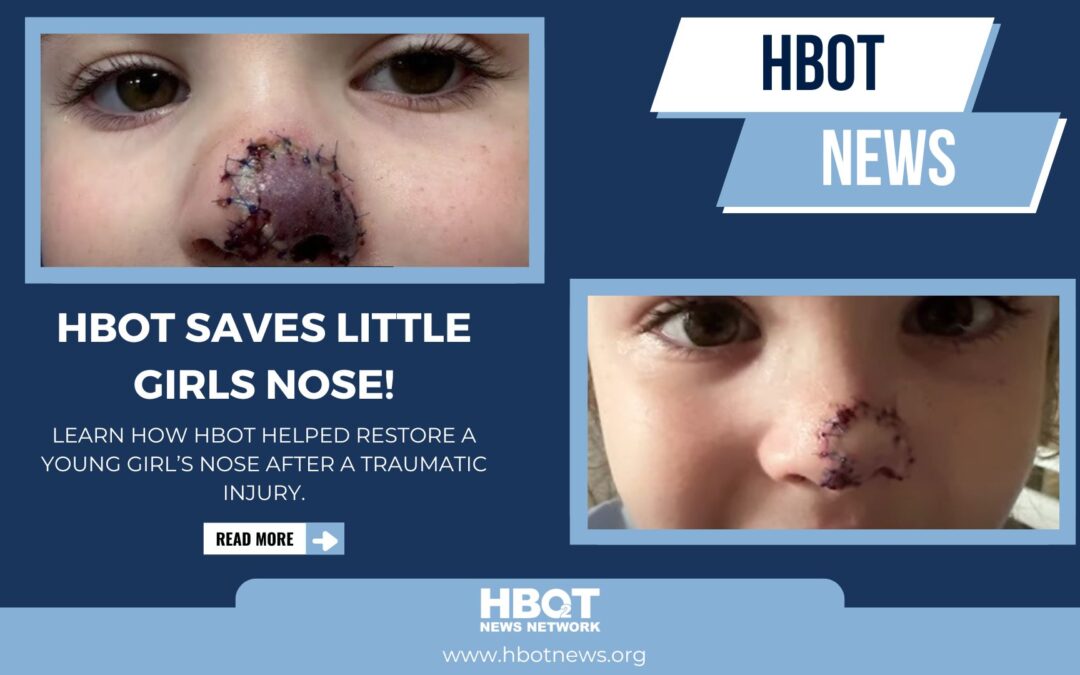
HBOT Saves Girl’s Nose: The Science Explained
In a remarkable medical intervention, WWL-TV reports that Hyperbaric Oxygen Therapy (HBOT) was instrumental in saving a young girl's nose following a severe dog bite. Five-year-old Lucy Nadler suffered a traumatic injury when a Labrador retriever bit off part of her...
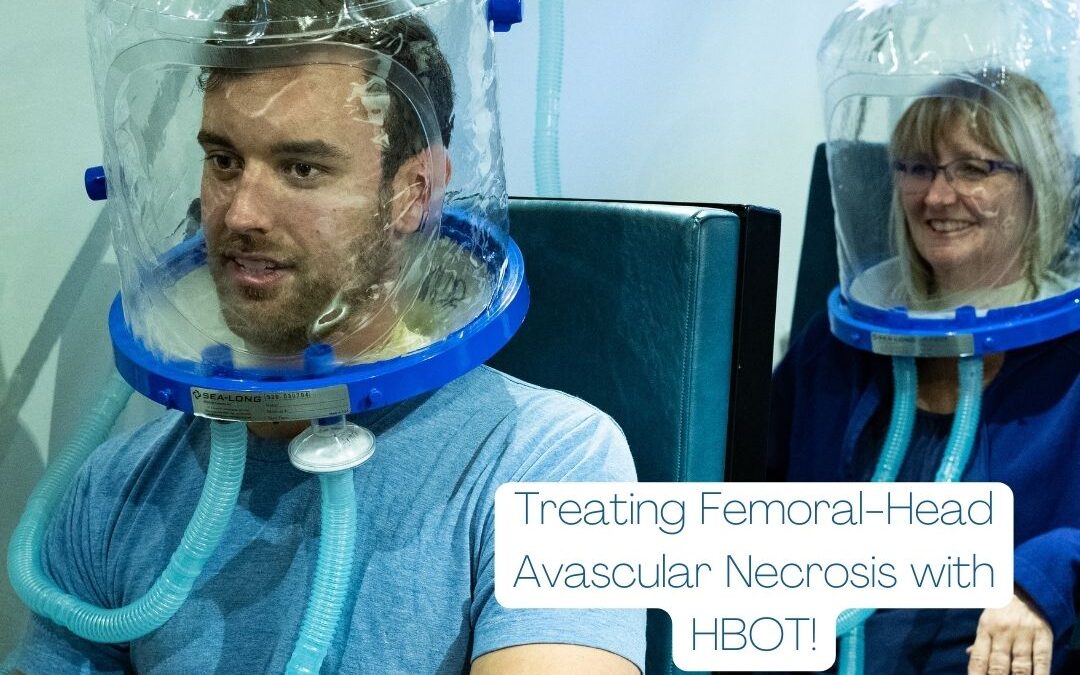
HBOT Shows Promise in Treating Femoral-Head Avascular Necrosis
Femoral-head avascular necrosis (FHN) is a debilitating condition where bone tissue dies due to a lack of blood supply, often leading to joint collapse. Commonly associated with prolonged corticosteroid use and autoimmune diseases such as systemic lupus erythematosus...
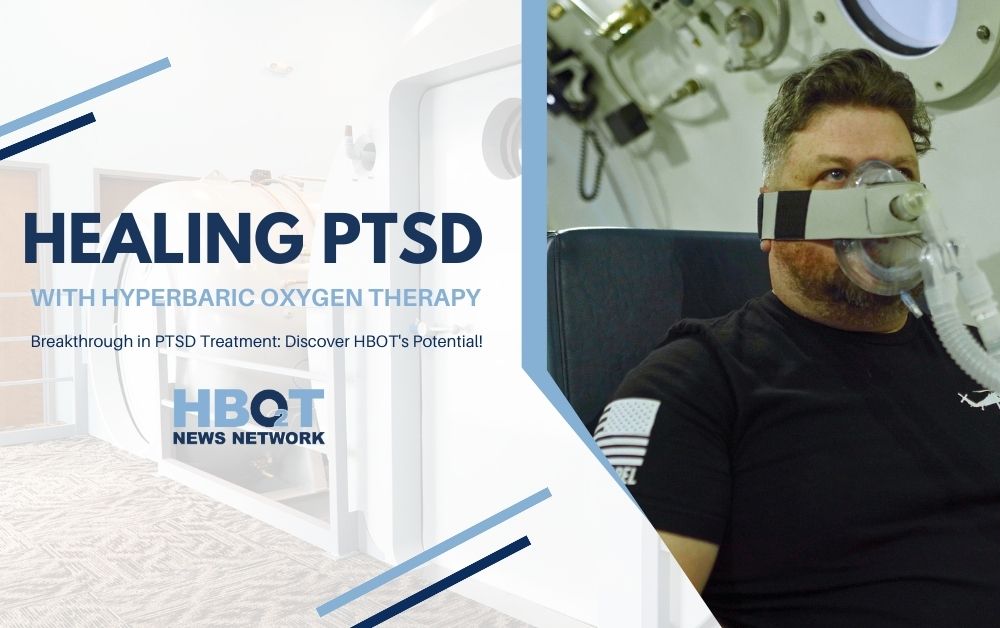
New Insights on Hyperbaric Oxygen Therapy for PTSD
Post-traumatic stress disorder (PTSD) is a debilitating condition that affects many individuals, especially military personnel. Until recently, PTSD was primarily considered a psychiatric disorder. However, emerging research has shown that PTSD is also...

